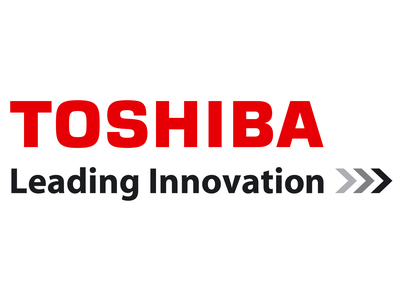
BiCS FLASH technology is a 3D vertically stacked memory technology developed by Toshiba Corporation. It adopts the structure of vertical multi-layer unit, which can realize high density and large capacity memory chip. The core idea of this technology is to stack traditional two-dimensional flat storage units upward to form multi-layer storage units, thereby increasing storage density, reducing chip size, and maximizing space utilization.
BiCS stands for Bit Cost Scaling, which means a gradual reduction in cost per bit, which can be achieved by increasing the number of layers of depth to achieve high storage density. Compared with traditional two-dimensional planar NAND chips, BiCS FLASH technology uses a vertical stacked structure, where multiple layers of cells are stacked in turn, greatly increasing the number of memory cells and improving the storage density per square millimeter.
Because BiCS FLASH technology allows multiple storage layers to be stacked inside a single chip, it can provide higher storage capacity and can achieve greater storage density on the same silicon area. This makes BiCS FLASH technology widely used in high-capacity storage devices such as solid-state drives (SSDS), providing users with more storage space and faster data read and write speeds.
In BiCS FLASH technology, storage units are stacked vertically and scaled horizontally by stacking multiple layers. Specifically, BiCS FLASH technology to achieve vertical and horizontal scaling balance of memory chips mainly includes the following key technologies:
1, Multi-layer stacked structure: BiCS FLASH technology by stacking multi-layer storage units vertically, to achieve more storage density on the limited wafer surface. This multi-layer stack structure not only increases the storage capacity, but also makes the distance between storage units closer, reduces the length of the signal transmission path, and improves the read and write speed.
2, advanced process technology: In order to achieve more levels of stacking in the memory chip, BiCS FLASH technology uses more advanced process technology, including smaller process size, higher interlayer connection density, etc. These advances in process technology help to achieve vertical scaling of memory chips.
3. Manage heat and power consumption: With the increase of storage units and the increase of density, the memory chip will generate more heat at work. In order to ensure the stability and reliability of the chip, BiCS FLASH technology needs to balance the increase in heat and power consumption caused by the increase in storage density, and take effective heat dissipation and power management measures.
4, Optimize the data access algorithm: considering that the increase of storage units may cause the data access path to become more complex, BiCS FLASH technology also optimizes the data access algorithm to minimize the data access delay and improve the overall performance of the memory chip.
5, precision process control: The realization of BiCS FLASH technology requires precise control of each process link to ensure the stability and reliability of the multi-layer storage unit. This includes material selection, manufacturing process, thin film deposition, nanoscale processing and many other aspects, requiring a highly accurate process to achieve high-quality BiCS FLASH memory chips.
Through the application of the above key technologies, BiCS FLASH technology successfully achieves the balance of vertical and horizontal scaling of the memory chip, which not only improves the storage density and capacity, but also ensures the demand for performance and stability. This gives BiCS FLASH technology a significant competitive advantage in the current storage market and is widely used in a variety of high-end storage products.
The Products You May Be Interested In
 |
108994546 | AC/DC CONVERTER 52V 1800W | 395 More on Order |
 |
CP2725AC54TEP | AC/DC CONVERTER 54V 5V 2725W | 259 More on Order |
 |
ULDT012A0X3-SRZ | DC DC CONVERTER 0.45-5.5V | 221 More on Order |
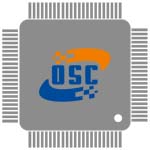 |
AXH010A0M9-SR | DC DC CONVERTER 1.5V 15W | 164 More on Order |
 |
EVK011A0B41-HZ | DC DC CONVERTER 12V 132W | 117 More on Order |
 |
KNW013A0A4-88SRZ | DC DC CONVERTER 5V 65W | 466 More on Order |
 |
SC003A5F91 | DC DC CONVERTER 3.3V 12W | 233 More on Order |
 |
SW001A2B91-SR | DC DC CONVERTER 12V 14W | 439 More on Order |
 |
QW030CL1 | DC DC CONVERTER +/-15V 30W | 185 More on Order |
 |
QW030A | DC DC CONVERTER 5V 30W | 295 More on Order |
 |
LW015D981 | DC DC CONVERTER 2V 15W | 227 More on Order |
 |
LW015B | DC DC CONVERTER 12V 15W | 443 More on Order |
 |
LAW005A | DC DC CONVERTER 5V 5W | 405 More on Order |
 |
JW030F1-M | DC DC CONVERTER 3.3V 30W | 382 More on Order |
 |
JFW150A1 | DC DC CONVERTER 5V 150W | 294 More on Order |
 |
JAHW050F | DC DC CONVERTER 3.3V 33W | 318 More on Order |
 |
HW010A0G1-S | DC DC CONVERTER 2.5V 25W | 106 More on Order |
 |
ATH025A0X3 | DC DC CONVERTER 0.8-3.6V 90W | 369 More on Order |
 |
AXH010A0X3 | DC DC CONVERTER 0.8-3.6V 36W | 411 More on Order |
 |
JRCW450U64-35Z | DC DC CONVERTER 48V | 244 More on Order |
 |
QSVW035A0B41Z | DC DC CONVERTER 12V 420W | 125 More on Order |
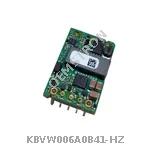 |
KBVW006A0B41-HZ | DC DC CONVERTER 12V 72W | 456 More on Order |
 |
PDT006A0X3-SRDZ | DC DC CONVERTER 0.45-5.5V | 477 More on Order |
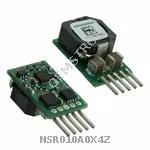 |
NSR010A0X4Z | DC DC CONVERTER 0.6-6V 60W | 1246 More on Order |

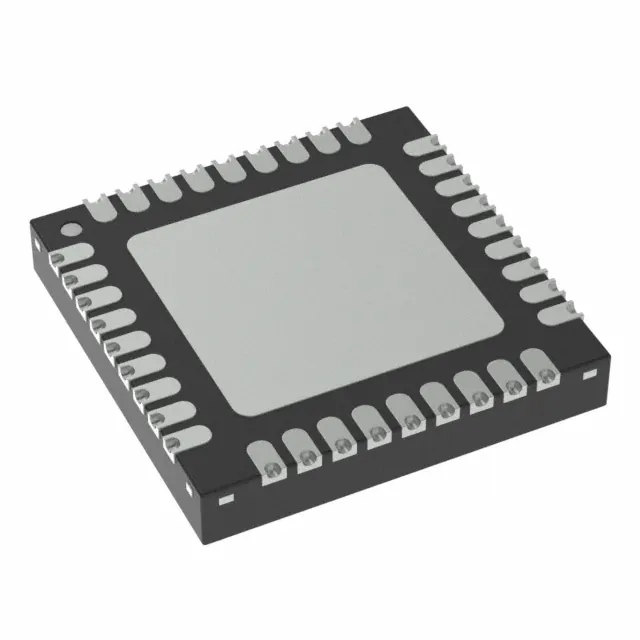 Semiconductors
Semiconductors









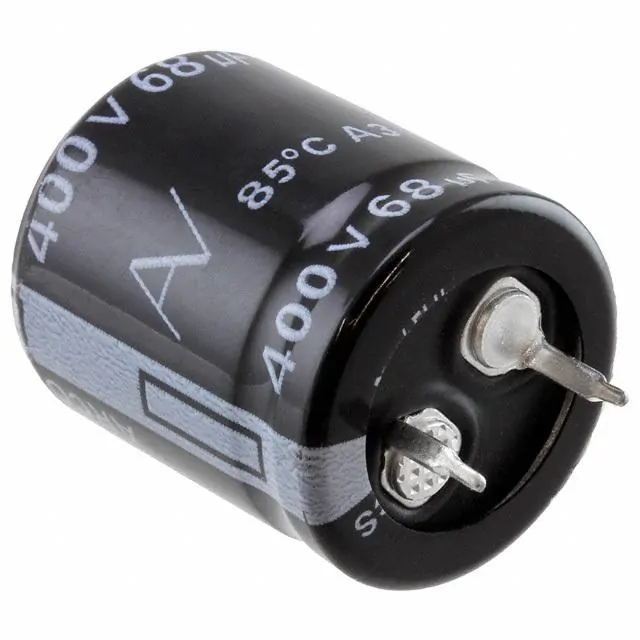 Passive Components
Passive Components









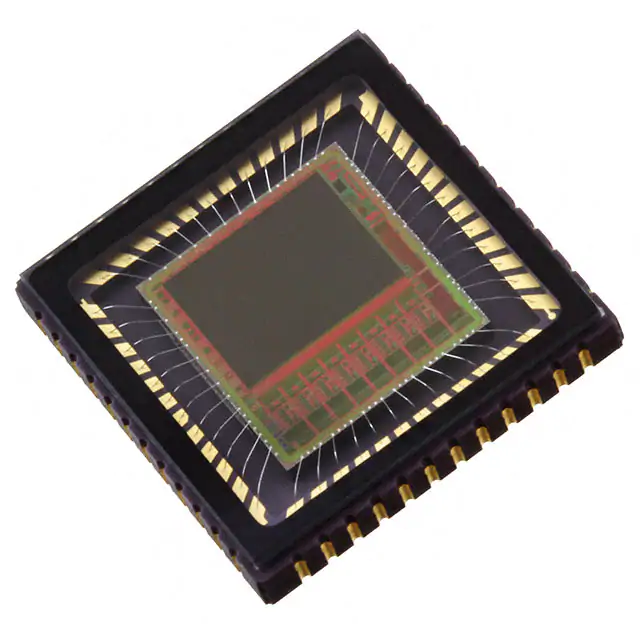 Sensors
Sensors








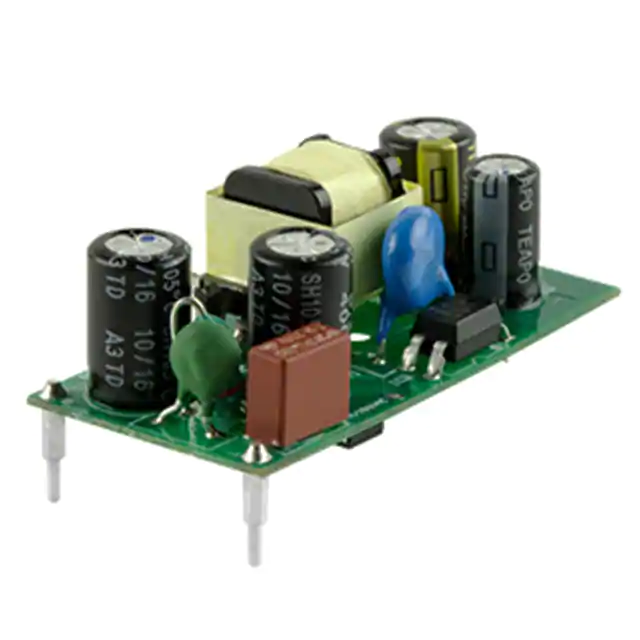 Power
Power









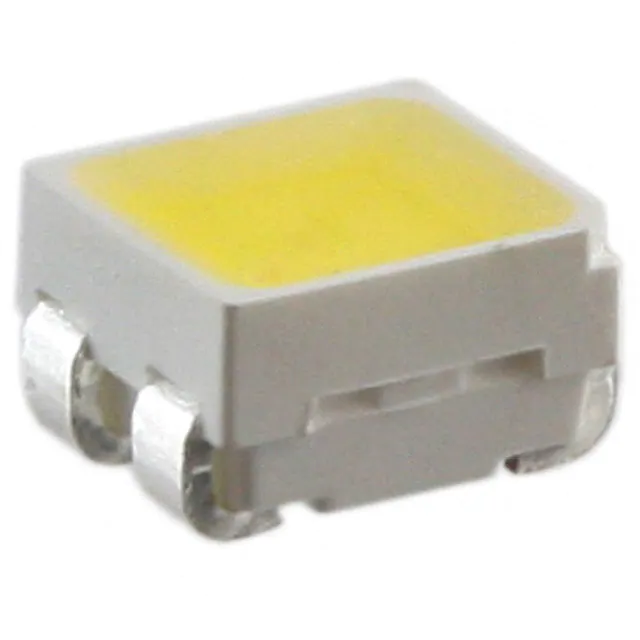 Optoelectronics
Optoelectronics








